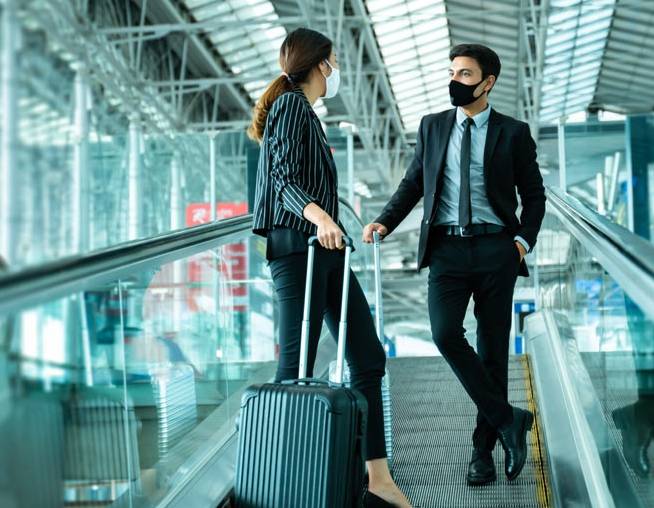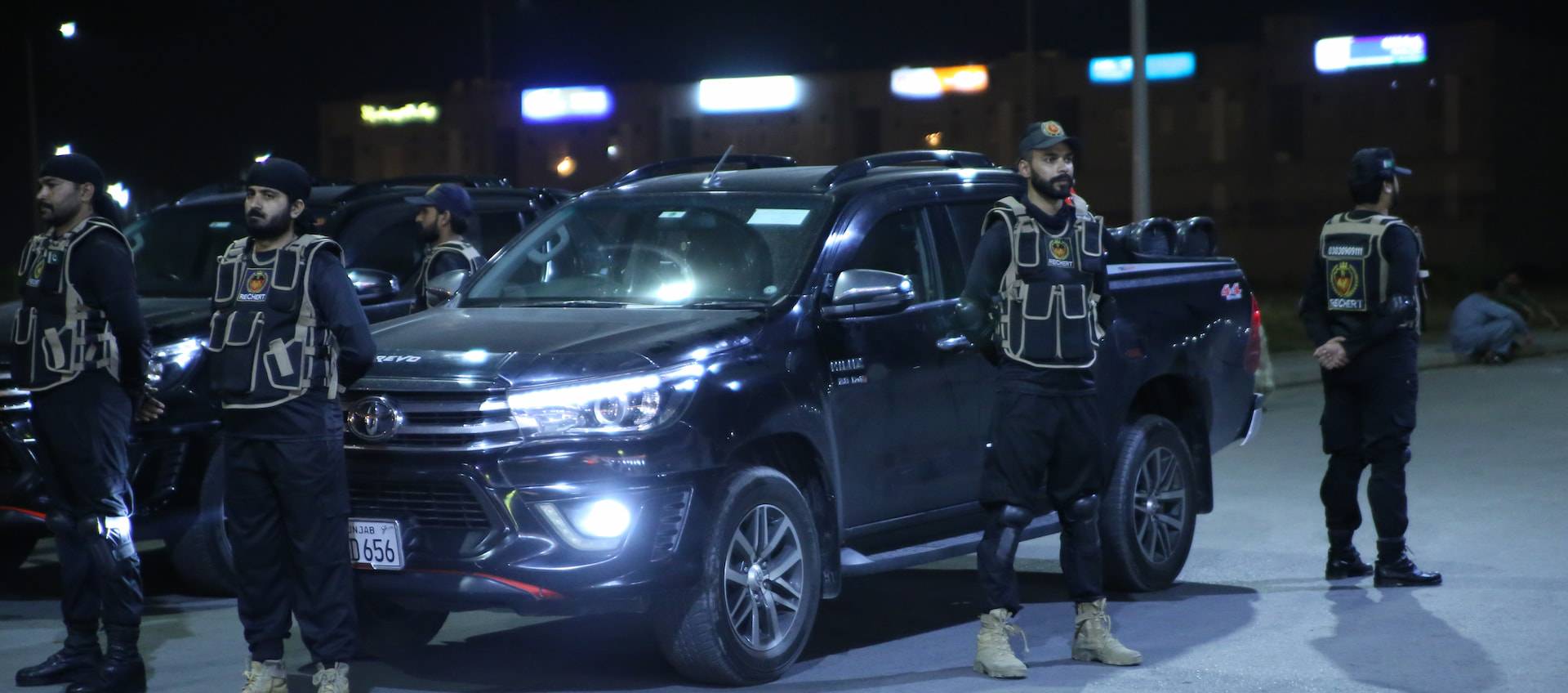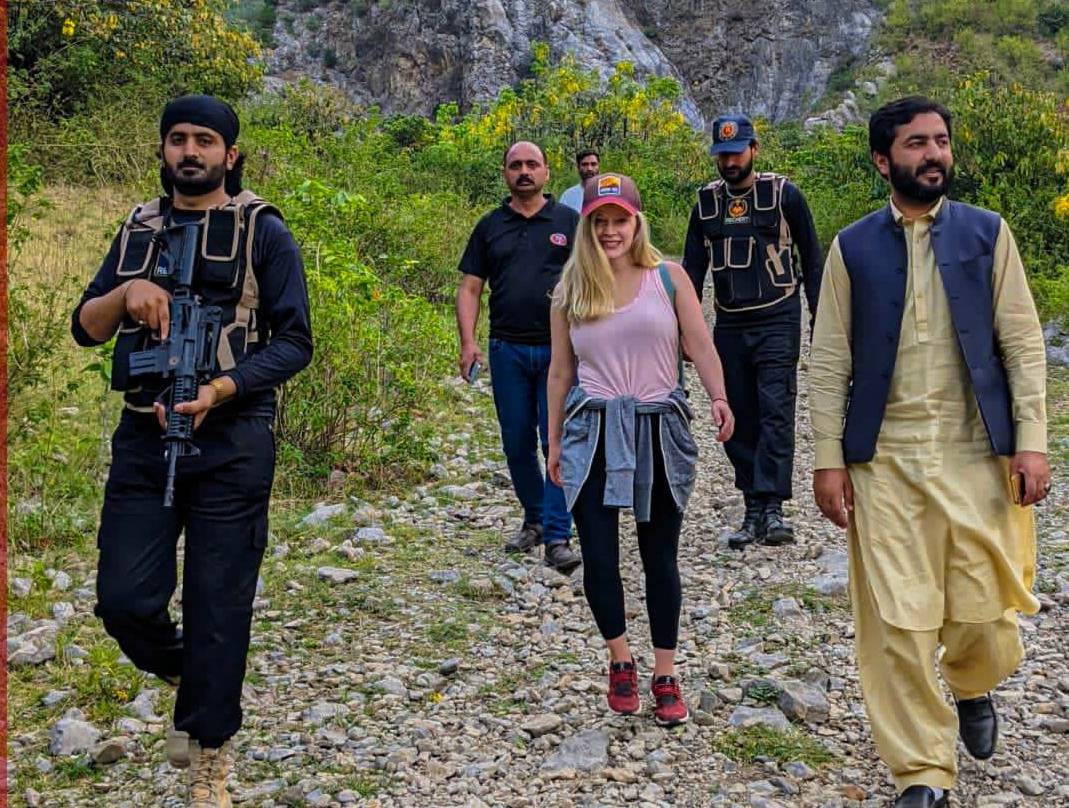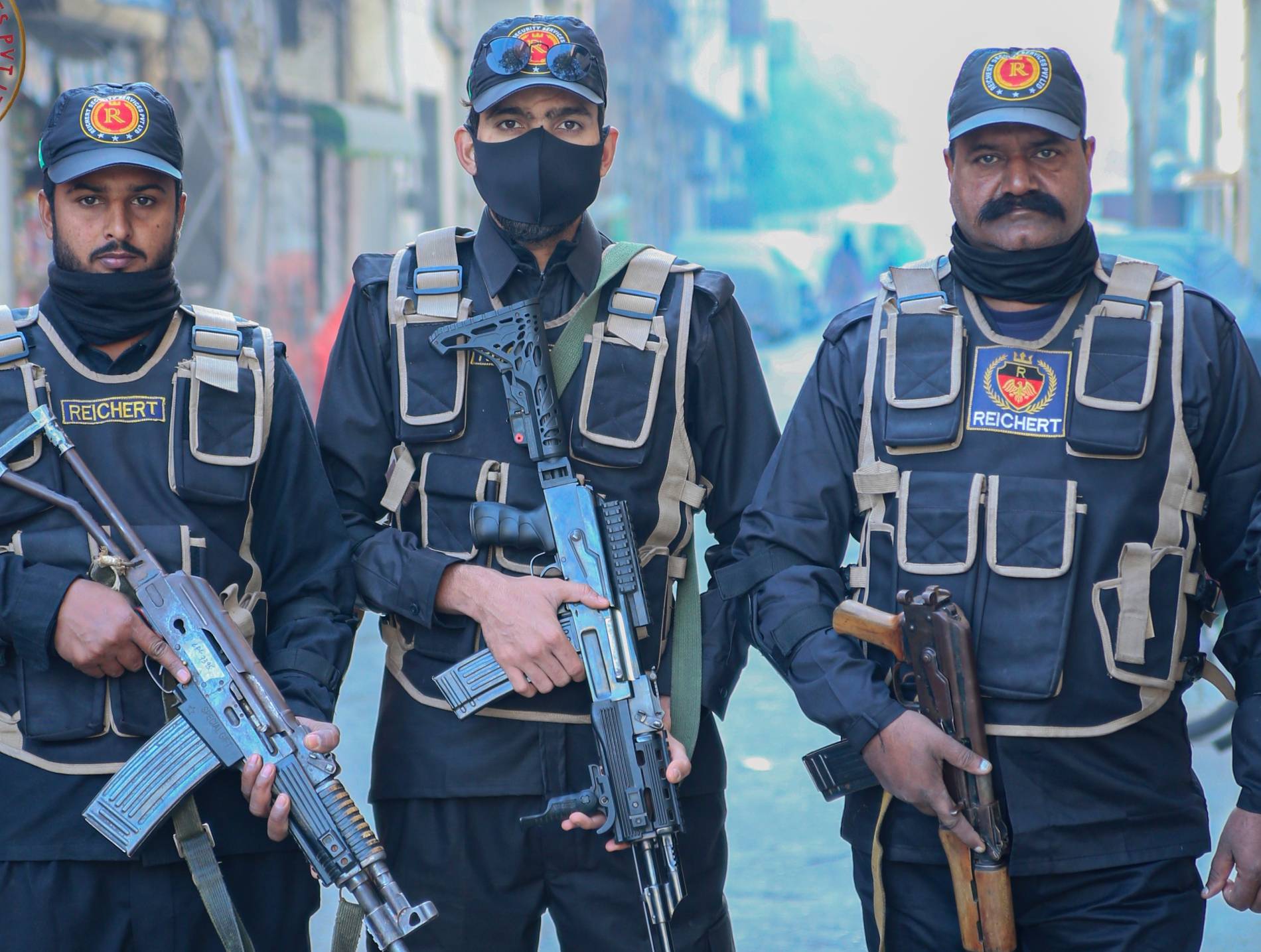Somalia Country Report
Decades of violence and political instability have plagued Somalia, and despite improvements in recent years due to the presence of a multinational intervention force and the establishment of a rudimentary federal government in Mogadishu, operations in Somalia pose significant security challenges for those who They do it, that’s all that’s left. Country. After al-Shabaab withdrew from Mogadishu in 2011, a federal government was established, but it has limited control over much of the country, with al-Shabaab controlling parts of the central and southern parts of the country. The independent northern regions of Puntland and Somaliland also have their own governments, and Mogadishu’s influence is limited.
Somalia has a high risk of terrorism and security forces, government officials and military installations are often targeted, including in the capital Mogadishu. Since being driven out of the capital, al-Shabaab has carried out frequent car bombings and assassinations, some of which have killed or injured hundreds of civilians. Humanitarian workers and international workers across the country are also specific targets of this group.
Political and economic issues continue to cause social unrest in Mogadishu and other urban centers. Demonstrators sometimes turn violent, with demonstrators attacking security forces, blocking roads with debris and burning tires. Clashes between rival tribes also occur frequently in villages, often resulting in casualties.
The risk of criminal activities such as armed robbery and car theft remains high in Somalia, and there is a risk of kidnapping by both terrorists and criminal organizations. Because firearms are widely available in this country, violent crime is particularly common and many criminals are armed. Carjacking and robbery also pose risks to land travel, especially at night, and have targeted foreign nationals in the past.
Decades of conflict have limited infrastructure development in the country, particularly the poor road network. Outside of a few major urban centers, electricity infrastructure is limited and unreliable. Hospital and emergency medical services are limited and generally of a low standard. There is also a severe shortage of medicine in the country and travelers may find it difficult to obtain it. Contamination from unexploded ordnance is widespread in rural areas, and harsh weather conditions often make travel difficult. Although piracy has decreased significantly in recent years, sailing directly off the coast of Somalia remains dangerous.
Last updated: April 12, 2022
Security
Somalia’s conflict risk profile is dominated by military operations against the Islamic extremist group al-Shabaab, which remains a significant and destabilizing presence in the central and southern regions of the country. The group has come under constant pressure from the African Union Mission in Somalia (AMISOM) and US airstrikes in recent years, but the operation has so far had limited success in reducing its capabilities. Conflicts between de facto independent governments in Somaliland and Puntland regions have also occasionally led to armed clashes between their armed forces, particularly over the disputed areas of Sur and Sanag. Outbreaks of gang violence also occur sporadically throughout the country, often resulting in casualties.
Despite being expelled from Mogadishu in 2011, al-Shabaab continues to carry out frequent terrorist attacks that have caused widespread casualties in the capital and other major urban centers. Most of these attacks were vehicle-borne improvised explosive devices (VBIEDs) targeting security forces. However, the group has carried out repeated assassinations of government officials and occasional mortar attacks on the outskirts of Mogadishu, including the city’s airport. Although these attacks are generally targeted, the techniques used are often indiscriminate, and hundreds of civilians have been killed or injured in these attacks.
The lack of reliable statistics and reporting mechanisms makes it difficult to accurately assess the level of criminal activity in Somalia. However, there are significant levels of criminal activity throughout Somalia and many foreigners travel with personal protection teams to reduce risk. Violent protests and riots are common in Mogadishu and other parts of the country. In recent years, socio-economic and political developments have caused significant protests.
Last updated: May 13, 2022
Infrastructure
Air travel safety is a major concern in Somalia due to the lack of regulatory oversight and non-compliance with International Civil Aviation Organization standards by local air travel companies.
Decades of conflict have left Somalia with poor national infrastructure, particularly a poor road network. Many of the country’s roads are not paved and not well maintained, which makes land travel difficult and dangerous, especially between urban centers.
The port of Mogadishu is considered relatively efficient.
In addition, the country’s electricity grid outside a few major urban centers is limited and unreliable, with frequent blackouts due to delays in maintenance and investment. Although communication infrastructure has generally improved, Internet penetration remains low and mobile networks may not be available outside urban centers.
Somalia is at risk of cyber attacks due to weak cyber security.
Last updated: December 29, 2022
Environment
Somalia has a hot, dry climate with little seasonal variation, and temperatures are generally high throughout the year, except in the highlands in the north. Drought is a recurring problem in the country and often has serious implications for food security. Conversely, heavy rains can cause flash floods in the southern and central lowlands of the country, especially after long droughts. Northern and coastal regions can also be affected by severe weather during the North Indian Ocean cyclone season, but major cyclones rarely reach India.
Somalia’s legacy of civil war and ongoing conflict with Ethiopia has resulted in widespread IED contamination across the country, threatening travel to rural areas. However, due to the extent of the security threat, a comprehensive survey of the contaminated areas has not been carried out.
Last updated: March 16, 2022
Health and Medical
Somalia poses a number of significant medical challenges for foreign travelers and migrants. Health facilities in the country are very limited, especially outside of Mogadishu, many prescription and over-the-counter drugs are unavailable, and most pharmacies are unregulated. Foreign travelers are advised to carry their own medical supplies if necessary. Also expect to pay in cash for medical services if applicable.
Malaria and cholera are relatively common in Somalia, waterborne diseases are often transmitted through contaminated water sources, and other infectious diseases such as polio occur regularly.
Last updated: February 24, 2022
Political
Somalia’s political turmoil following long-delayed parliamentary and presidential elections will end on May 15, 2022 after the Senate and House of Representatives elect Hassan Sheikh Mohammed as president for a second term. Muhammad served as president from 2012 to 2017. Repeated delays have significantly worsened the security environment, especially in Mogadishu.
Somalia’s electoral impasse followed a disagreement between the federal government and local states on the nature of the country’s elections. It was originally supposed to be the country’s first direct election, but due to deep instability caused by the al-Shabaab insurgency, there was a switch to an indirect system in which local elders nominate representatives who elect the president. The impasse was also linked to political tensions between former President Mohamed Abdullahi Mohamed (Farmjoo) and supporters of Prime Minister Hossein Rubera.
Last updated: May 18, 2022















